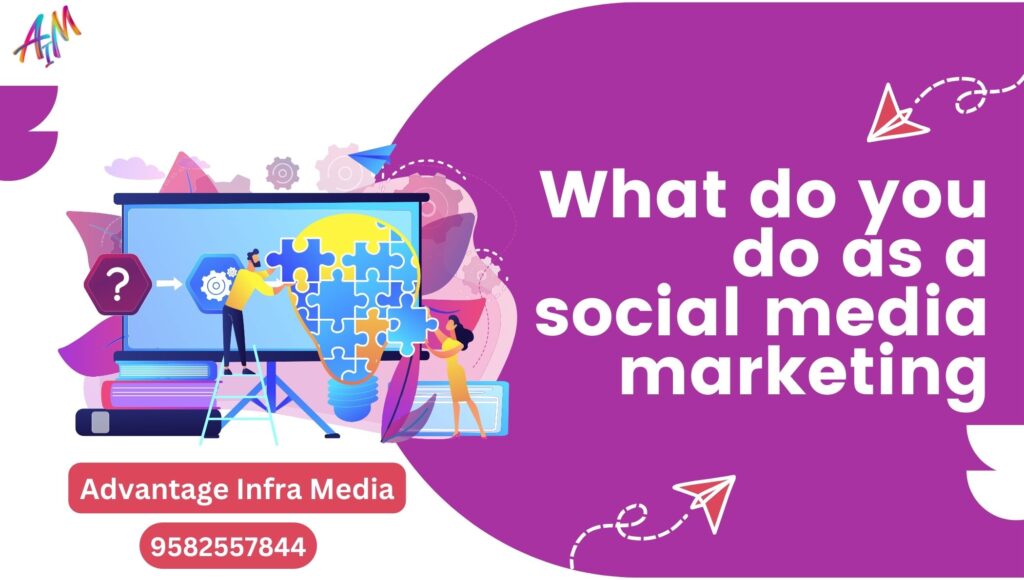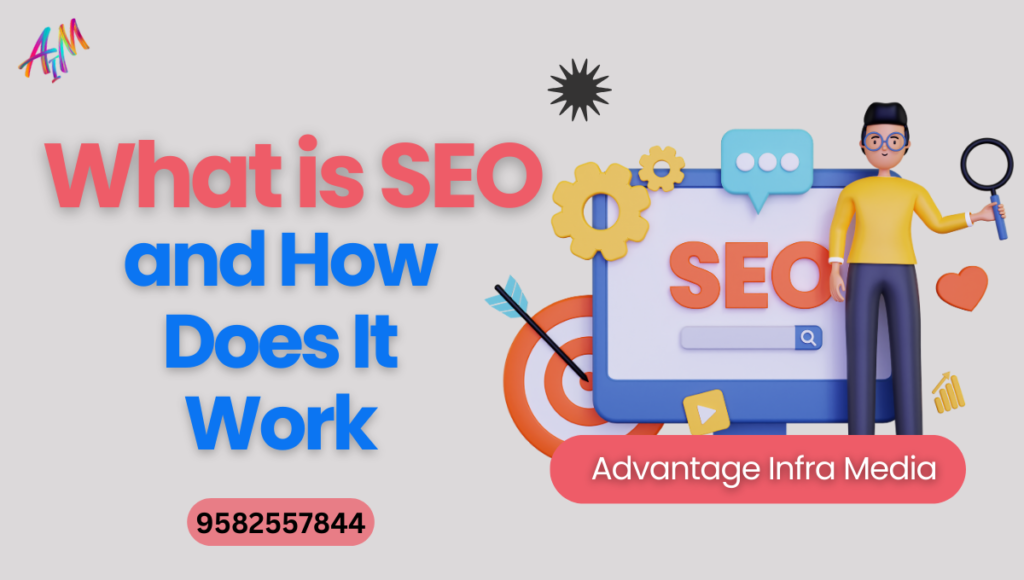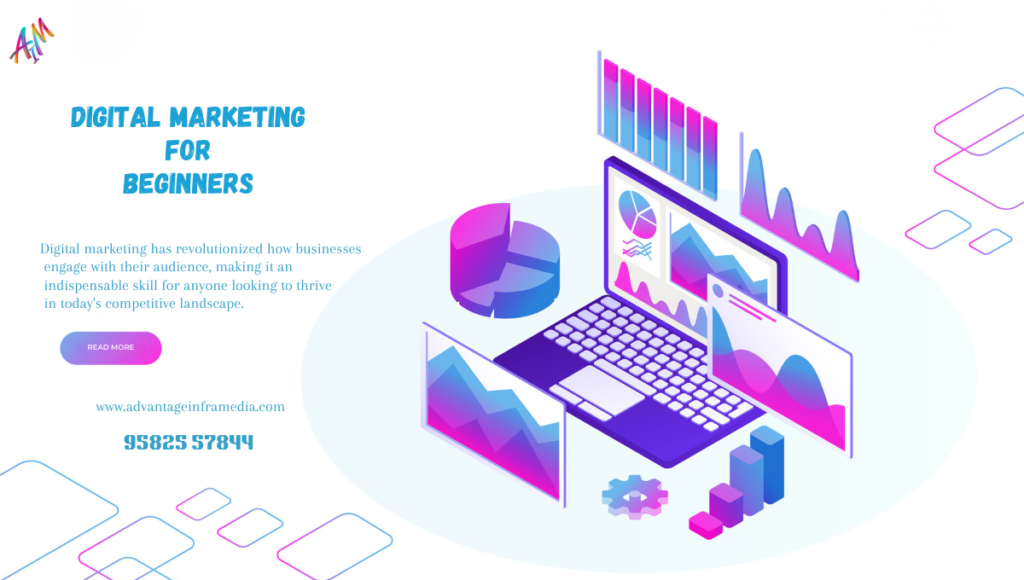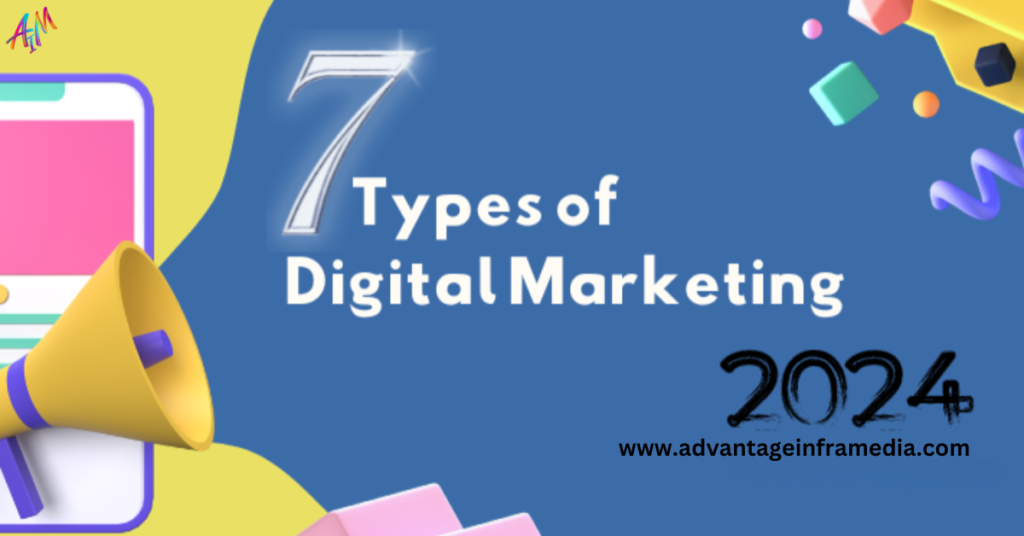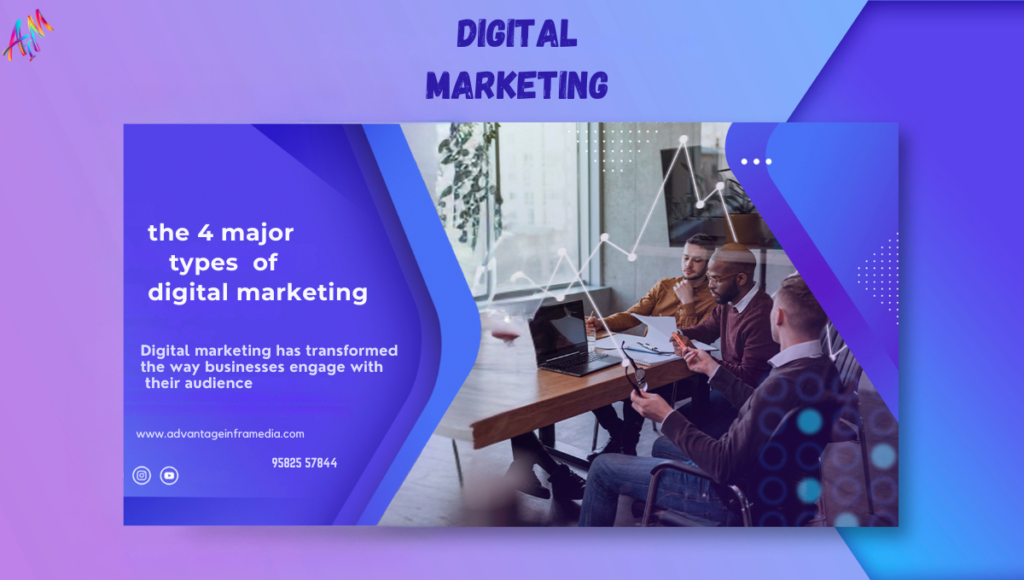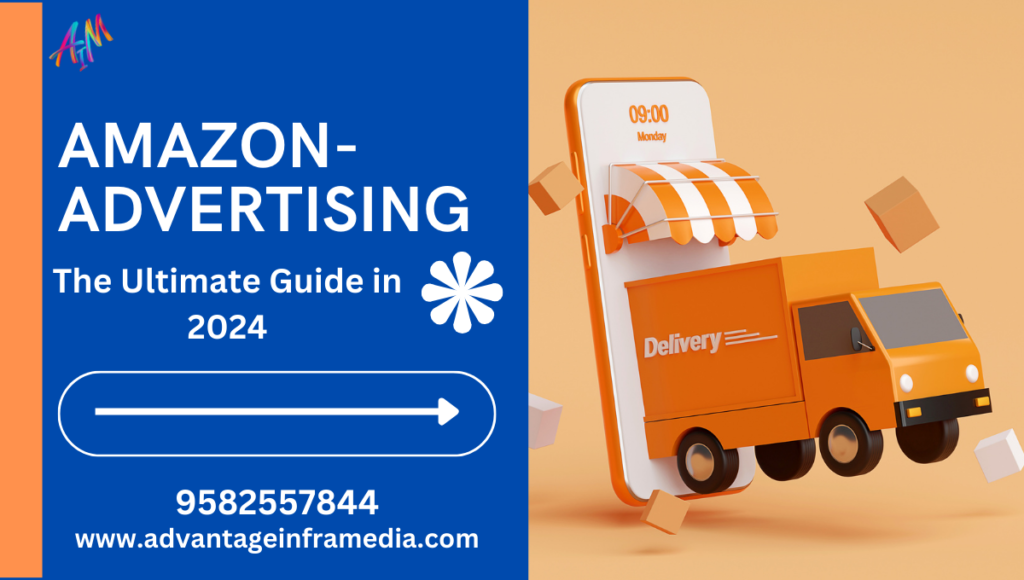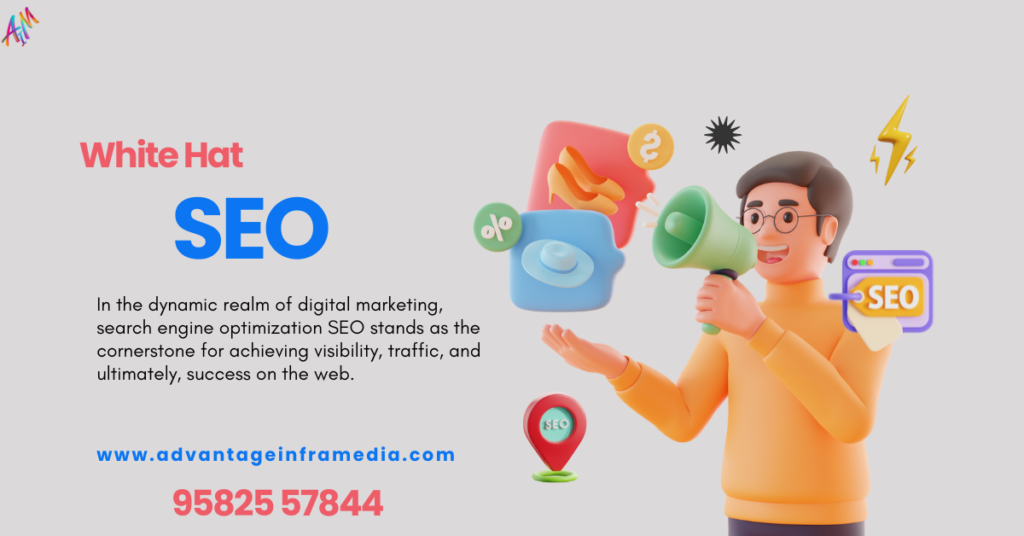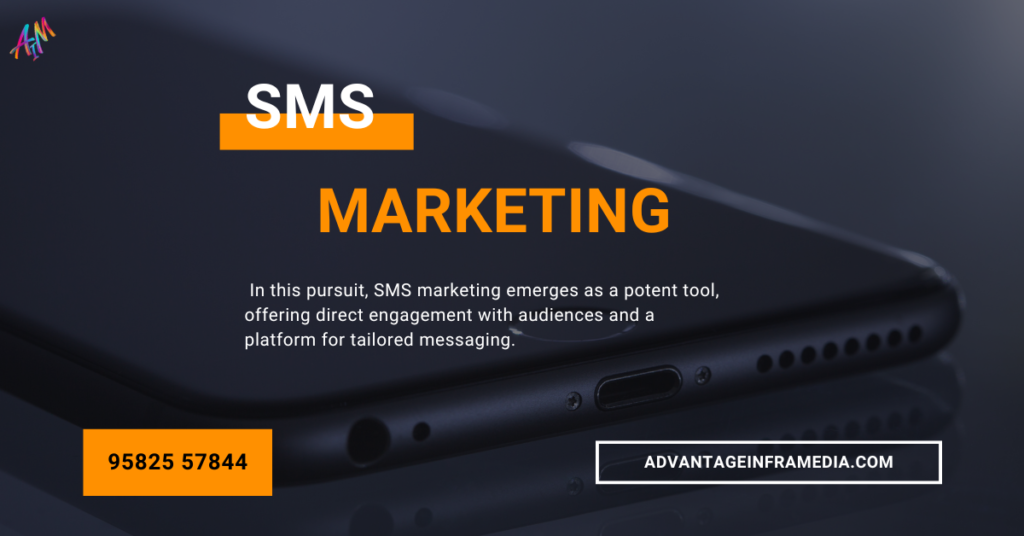What Do Social Media Marketers Do?
What do you do as a social media marketing in 2024 Introduction Social media marketing has revolutionized how businesses connect with their audiences. It is a multifaceted and dynamic field that involves much more than posting updates on various platforms. Social media marketers are the creative minds and strategic thinkers behind a brand’s online presence. Their work encompasses content creation, audience engagement, analytics, and more. This blog delves into the intricate roles and responsibilities of a social media marketer, offering a comprehensive understanding of what it takes to succeed in this exciting profession.(What do you do as a social media marketing?) The Core Responsibilities of a Social Media Marketer 1. Strategy Development At the heart of social media marketing lies a well-defined strategy. Social media marketers begin their journey by developing a robust strategy that aligns with the overall marketing goals of the business. This involves: Setting Objectives: Defining what the business aims to achieve through social media, such as brand awareness, lead generation, customer engagement, or sales. Identifying Target Audience: Understanding who the audience is, their demographics, interests, and online behavior to tailor content and interactions effectively. Choosing Platforms: Selecting the appropriate social media platforms (e.g., Facebook, Instagram, Twitter, LinkedIn, TikTok) based on where the target audience is most active. 2. Content Creation Creating compelling content is a cornerstone of social media marketing. Marketers are responsible for producing a variety of content types that resonate with their audience. This includes: Visual Content: Designing images, infographics, videos, and other visual elements that capture attention and convey messages quickly. Written Content: Crafting engaging posts, captions, blogs, and articles that provide value, entertain, or inform the audience. Interactive Content: Developing polls, quizzes, contests, and other interactive elements to boost engagement and interaction. 3. Content Scheduling and Publishing Consistency is key in social media marketing. Social media marketers use various tools to schedule and publish content at optimal times when the audience is most active. This involves: Content Calendar: Creating and managing a content calendar to ensure a consistent posting schedule. Automation Tools: Utilizing scheduling tools like Hootsuite, Buffer, or Sprout Social to automate posts and manage multiple accounts efficiently. 4. Community Management Engaging with the audience is crucial for building a loyal community. Social media marketers actively manage interactions on their platforms by: Responding to Comments and Messages: Addressing queries, feedback, and comments promptly to foster a positive relationship with the audience. Moderating Discussions: Ensuring that conversations remain respectful and on-topic, and handling any negative interactions diplomatically. Encouraging User-Generated Content: Motivating followers to create and share their own content related to the brand, which enhances authenticity and trust. 5. Influencer Collaboration Collaborating with influencers can amplify a brand’s reach and credibility. Social media marketers identify and partner with influencers who align with the brand’s values and target audience. This involves: Research and Outreach: Finding relevant influencers and reaching out to them with collaboration proposals. Negotiating Terms: Agreeing on the terms of the collaboration, including content types, timelines, and compensation. Managing Relationships: Maintaining a positive relationship with influencers to ensure successful and ongoing partnerships. 6. Analytics and Reporting Data-driven decision-making is essential in social media marketing. Marketers regularly analyze performance metrics to assess the effectiveness of their strategies. Key tasks include: Tracking Metrics: Monitoring key performance indicators (KPIs) such as engagement rates, reach, impressions, click-through rates, and conversions. Analyzing Data: Using analytics tools provided by social media platforms (e.g., Facebook Insights, Twitter Analytics) and third-party tools (e.g., Google Analytics) to interpret data and gain insights. Reporting: Creating detailed reports to present findings to stakeholders, highlighting successes, areas for improvement, and actionable recommendations. The Skills and Tools of a Social Media Marketer Essential Skills Creativity: The ability to create original, compelling content that captures the audience’s attention and stands out in a crowded digital landscape. Communication: Strong written and verbal communication skills are crucial for crafting engaging content and interacting with the audience effectively. Analytical Thinking: The ability to analyze data and extract meaningful insights to inform strategy and optimize performance. Adaptability: Social media trends and algorithms are constantly evolving. Marketers must stay updated and adapt their strategies accordingly. Project Management: Efficiently managing multiple campaigns, schedules, and collaborations requires excellent organizational skills. Key Tools Content Creation Tools: Canva, Adobe Creative Suite, and other design software for creating visual content. Scheduling Tools: Hootsuite, Buffer, Sprout Social, and other platforms for scheduling and automating posts. Analytics Tools: Google Analytics, Facebook Insights, Twitter Analytics, and other tools for tracking and analyzing performance. Community Management Tools: Sprinklr, Hootsuite, and other tools for managing interactions and moderating discussions. Collaboration Tools: Slack, Trello, Asana, and other project management tools for coordinating with team members and influencers. Challenges Faced by Social Media Marketers Keeping Up with Trends Social media trends can change rapidly. What’s popular today might be obsolete tomorrow. Marketers need to stay informed about the latest trends, updates, and best practices to keep their strategies relevant and effective. Algorithm Changes Social media platforms frequently update their algorithms, affecting how content is displayed and prioritized. Marketers must adapt their strategies to align with these changes and maintain visibility and engagement. (What do you do as a social media marketing?) Balancing Creativity and Strategy While creativity is crucial for producing engaging content, it must be balanced with strategic thinking. Marketers need to ensure that their creative efforts align with the overall business goals and yield measurable results. Managing Multiple Platforms Each social media platform has its unique features, audience, and best practices. Managing multiple accounts and tailoring content for each platform can be challenging and time-consuming. The Future of Social Media Marketing Integration of AI and Automation Artificial intelligence and automation are becoming increasingly prevalent in social media marketing. AI-powered tools can assist with content creation, audience analysis, and personalized interactions, making marketing efforts more efficient and effective. Emphasis on Video Content Video content continues to dominate social media. Platforms like TikTok, Instagram Reels, and YouTube Shorts are growing in popularity, and marketers are investing more in video production to
What Do Social Media Marketers Do? Read More »
Blog
